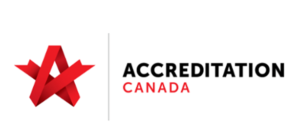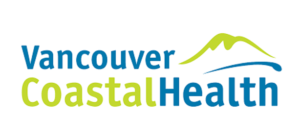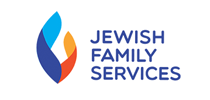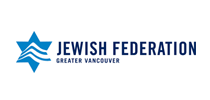Quality & Risk
RISK REGISTRY

What is a Risk Registry?
A Risk Registry is a tool that is used to identify potential risks in an organization. It includes all information about each identified risk, nature of that risk, level of risk, who owns it and what are the mitigation measures in place to respond to it. As risks are identified they are logged on the register and actions are taken to respond to the risk. The QRM team supports each department in monitoring and mitigating identified risk by managing our risk registry tool.
What is the Purpose of having a Risk Registry:
• Minimize the likelihood of harm to our residents and families
• Enhance the quality of life and resident outcomes
• Manage our resources efficiently
• Support legislative compliance
• Anticipate potential problems ahead of time with pre-emptive actions
How Do We Identify Risks?
• Discussions take place with departments Directors, Managers and staff
• Resident tracer activity (tracing a journey of a patient from admission to discharge)
• Retrospective screening of resident records
• Regular tracking of Quality Indicators
• Incident reporting system & emergency events
• Healthcare Associated Infection reporting
• Facility management and safety committee reporting
• Conduct resident complaints and satisfaction surveys
• Regular Committee reporting
What are the types of Risk?
Strategic Risk
These are risks that affect the entire organization and its long-term objectives (for example, insufficient resources obtained; inadequate emergency planning; inadequate compliance with regulations).
Operational Risk
These are risks that affect the functions or services of the organization (for example, human error; flawed processes; broken systems; disruptive external events).
Project Risk
These are risks that may affect the success of a project (for example, scope; cost; time management; quality and performance; lack of stakeholder engagement).









